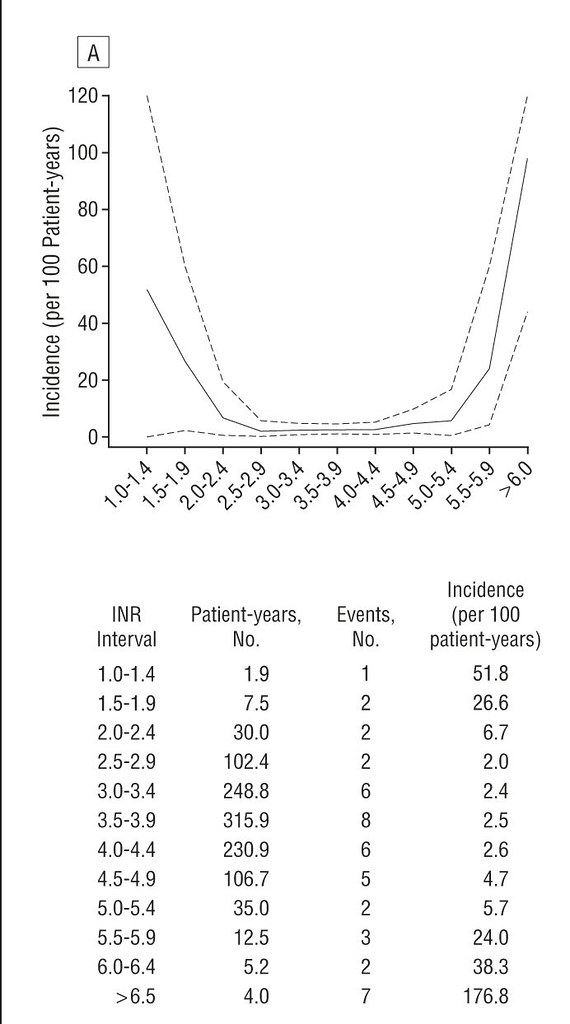Hi
I just wanted to reach out on this point
With my mechanical valve I only to have my inr between 1.5 and 2.0.
Firstly you need to be careful that you are also taking your aspirin. This was a part of the trial and a necessary component in the mix. The original trial (
gov link) was structured with three study groups
There are three test arms of the study: low risk aortic valve replacement, high risk aortic valve replacement, and mitral valve replacement. Each arm has an equivalent control.
Test therapies are:
- low risk aortic valve replacement - aspirin/Plavix,
- high risk aortic valve replacement - Coumadin at INR of 1.5 to 2.0 plus aspirin, and
- mitral valve replacement - Coumadin at an INR of 2.0 to 2.5 plus aspirin.
another aspect is of their methodology was weekly testing.
There is actually nothing specifically magic about the On-X other than (them being the new kid on the block, to get a leg into market share) they leaveraged off the idea that "their valve" was passed by the FDA for lower INR levels. Actually a number of studies have also shown this for the existing bileaflet pyrolytic carbon valves (such as the St Jude and the ATS {I believe now MedTronics} et al).
I understood that once a trial has completed and a FDA pproval granted that its uncommon for that to be revoked and requires an amount of evidence. There been a few cases of thromboembolism with On-X valves with one forum member following that low INR protocol having an issue Eg
https://www.valvereplacement.org/threads/failure-of-onx-valve-and-problems-with-lowering-inr.878615/
To add to this there are many cases of
people having zero anticoagulation and surviving event free with all these valves for decades. Apart from the stars of that show Table 1 bears looking at too.
So what I'm saying is that its not a black and white thing but a continuum of things, like all "risk analysis" and that sometimes even the "nag" wins the derby. The statistical analysis of safety is well represented here:
http://jamanetwork.com/journals/jamainternalmedicine/fullarticle/415179
Why am I writing this? Well because while it matters not to my life what happens to others (who I don't know) we have a saying here (perhaps only among the veterans) that "
its easier to replace blood cells than brain cells" and having a stroke is not an enhancement in quality of life.
So why would you bother having an INR of 1.5 (extremely difficult to be sure you aren't 1.3 even) when you can simply increase your INR into a region with the minimal known risks?
Unless its because you somehow think that your dose of warfarin is somehow a factor?
I take less warfarin than those with a different model of heart valve.
There is not any comprehensive study that correlates warfarin dose with any negative health outcome except a bleed if INR is too high. There are any number of Pharmaceutical companies who would be all over that were it correct because warfarin is cheap to make and nobody makes more money out of it than supermarket grade aspirin or paracetamol.
Anyway ... just in case you weren't aware I thought I should let you know that.
Please do keep up the aspirin especially if you want to hover under INR=2.
Best Wishes























